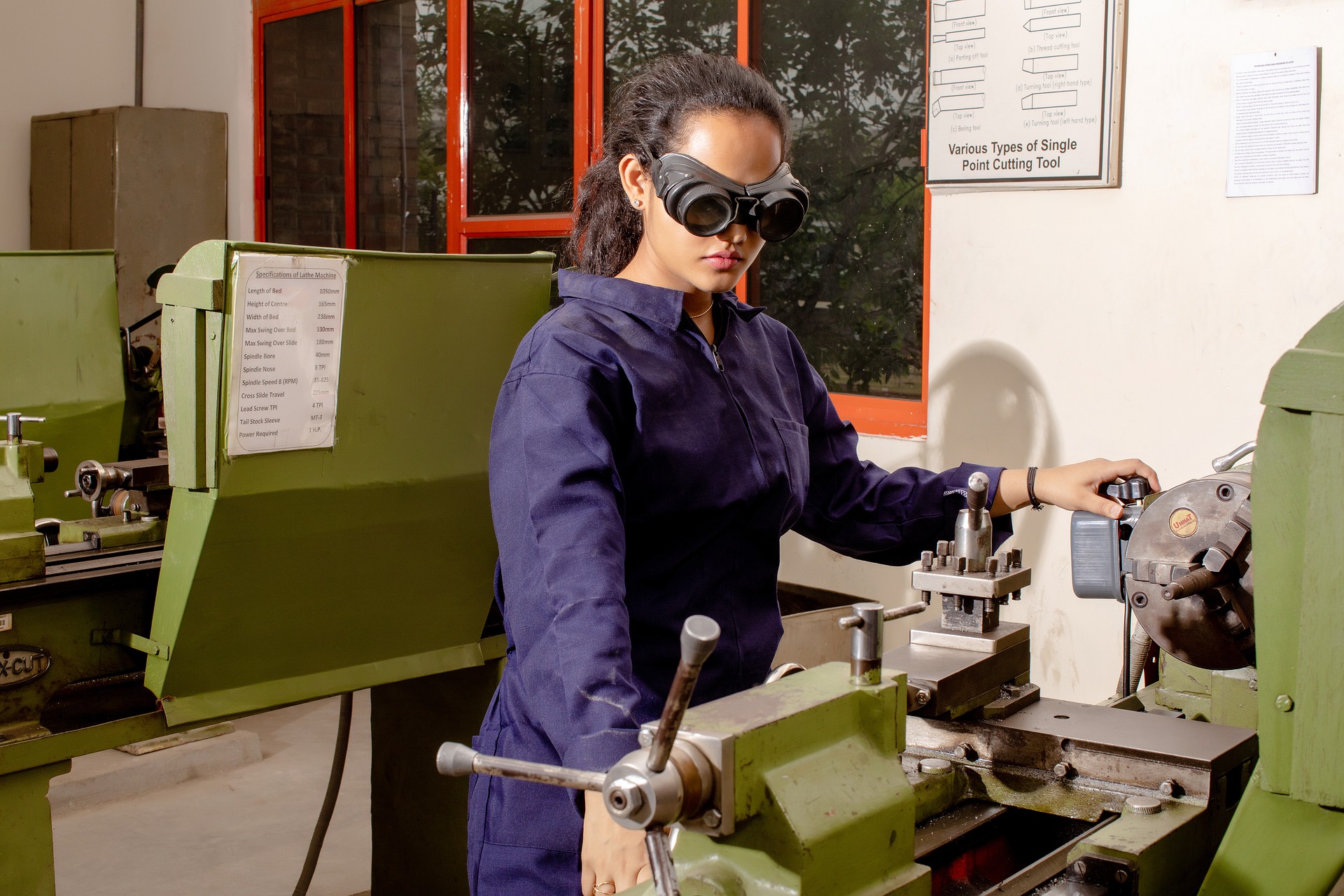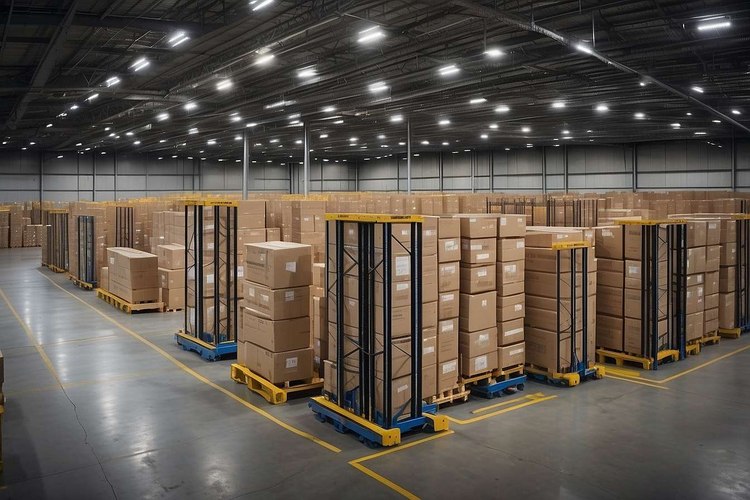Beginner Welding Training Options for English Speakers in Austria
Individuals residing in Austria and communicating in English may consider beginner welding training programs as a means to initiate their journey in this skilled trade. Various training options exist to accommodate those who aim to gain foundational skills and knowledge in welding. This training typically covers essential techniques and safety practices crucial for effective welding.

Austria has a strong tradition of vocational education and technical training, making it an excellent location for those interested in learning welding. For English speakers, finding beginner-level courses that accommodate language needs can require some research, but several institutions and training centers offer programs with English instruction or support. These courses are designed to introduce newcomers to the fundamentals of welding, covering safety protocols, equipment handling, and basic techniques that form the foundation of the trade.
Welding Training Programs in Austria for English Speakers
Several vocational schools, technical colleges, and private training centers across Austria provide welding courses suitable for beginners. Institutions such as WIFI (Wirtschaftsförderungsinstitut) and BFI (Berufsförderungsinstitut) offer modular courses in metalworking and welding, with some locations providing English-language support or courses specifically tailored to international participants. Additionally, some private welding schools and technical academies in Vienna, Graz, and Linz have instructors fluent in English or offer bilingual training materials. It is advisable to contact training providers directly to confirm language availability and course schedules. Many programs also offer flexible learning options, including evening and weekend classes, to accommodate working adults or those with other commitments.
Beginner Level Courses to Begin Your Welding Journey
Beginner welding courses typically range from short introductory workshops lasting a few days to comprehensive programs spanning several weeks or months. Entry-level courses focus on the most common welding processes, including MIG (Metal Inert Gas), TIG (Tungsten Inert Gas), and stick welding. These courses are structured to provide hands-on experience, allowing students to practice under supervision and gradually build confidence. Most programs do not require prior experience or technical background, making them accessible to complete beginners. Upon completion, participants often receive a certificate or credential that can support further training or entry-level employment in welding-related fields.
Key Skills and Techniques Taught in Welding Training
Welding training programs emphasize both theoretical knowledge and practical skills. Students learn to read technical drawings and blueprints, understand metallurgy basics, and identify different types of metals and their properties. Safety is a core component, with instruction on protective equipment, ventilation, fire prevention, and handling hazardous materials. Practical training includes setting up welding equipment, adjusting settings for different materials and thicknesses, and mastering various welding positions such as flat, horizontal, vertical, and overhead. Beginners also practice creating strong, clean welds and learn to inspect their work for defects like porosity, cracks, or incomplete fusion. These foundational skills are essential for progressing to more advanced techniques and specialized welding applications.
Building Confidence as a Newcomer
Starting any new skill can feel intimidating, and welding is no exception. Beginner courses are designed to build confidence gradually through structured practice and supportive instruction. Instructors typically work closely with small groups, providing personalized feedback and troubleshooting common mistakes. Many students find that consistent practice and patience are key to overcoming initial challenges such as maintaining a steady hand, controlling the welding arc, and achieving uniform bead appearance. Joining a beginner course also offers the opportunity to connect with other learners, share experiences, and build a network within the welding community. This supportive environment helps newcomers stay motivated and committed to developing their skills.
What to Expect After Your First Course
Completing a beginner welding course is an important first step, but it is just the beginning of a longer learning journey. After finishing an introductory program, students typically have a solid understanding of basic welding techniques and safety practices. Many choose to continue their education by enrolling in intermediate or specialized courses that focus on specific welding methods, materials, or industries such as automotive, construction, or metal fabrication. Others may seek apprenticeships or entry-level positions to gain real-world experience and further refine their skills. In Austria, vocational pathways often combine classroom learning with on-the-job training, providing a comprehensive route to professional certification. It is important to set realistic expectations and recognize that becoming a proficient welder requires ongoing practice, dedication, and continuous learning.
For those considering welding as a career, understanding the potential costs and investment involved in training is important. Beginner welding courses in Austria can vary in price depending on the institution, course length, and materials provided. Short introductory workshops may cost between 200 and 500 euros, while more comprehensive programs lasting several weeks can range from 800 to 2,000 euros or more. Some training centers include the cost of materials, protective equipment, and certification exams in the tuition, while others may charge these separately. It is advisable to inquire about what is included in the course fee and whether financial assistance, payment plans, or subsidies are available. Additionally, some employers or industry organizations may sponsor training for individuals committed to pursuing a welding career.
| Training Provider | Course Type | Estimated Cost |
|---|---|---|
| WIFI Austria | Beginner Welding Course | 800 - 1,500 EUR |
| BFI Austria | Introductory Metalworking | 600 - 1,200 EUR |
| Private Technical Academies | Short Workshop | 200 - 500 EUR |
| Vocational Schools | Comprehensive Program | 1,000 - 2,000 EUR |
Prices, rates, or cost estimates mentioned in this article are based on the latest available information but may change over time. Independent research is advised before making financial decisions.
Welding is a valuable and versatile skill that opens doors to various industries and career opportunities. For English speakers in Austria, finding the right beginner training program requires some research, but the investment in time and resources can lead to a rewarding and stable career. By understanding the available training options, committing to consistent practice, and maintaining realistic expectations, newcomers can successfully embark on their welding journey and build a strong foundation for future growth in this essential trade.




